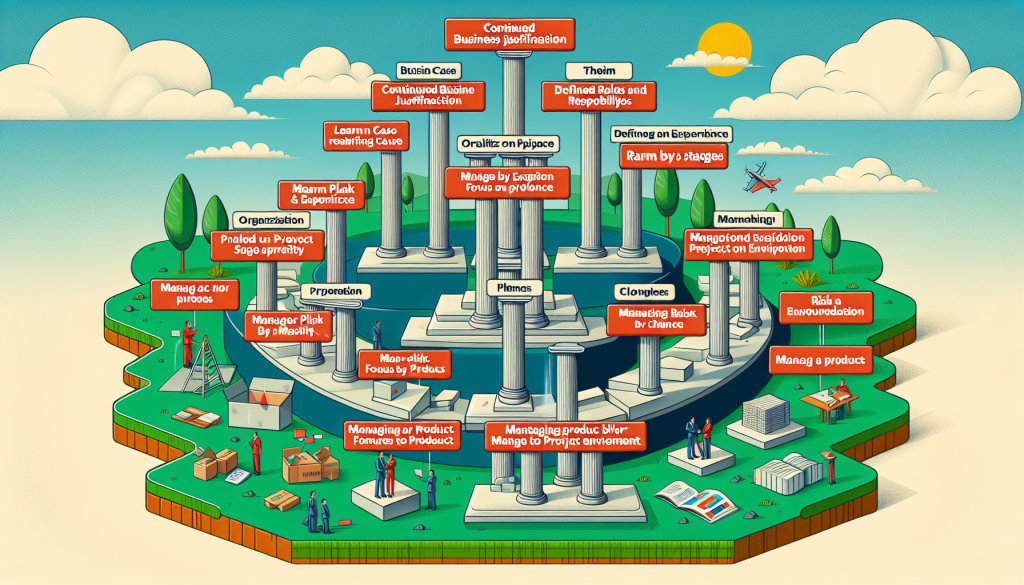PRINCE2 Roles and Responsibilities: Paving the Way for Project Innovation
In the ever-evolving landscape of project management, the PRINCE2 methodology has emerged as a beacon of best practices and standards. At the heart of PRINCE2 lies a clear delineation of roles and responsibilities, ensuring that all team members know exactly what is expected of them and how they contribute to the success of the project.
One of the key benefits of PRINCE2 is its focus on accountability and ownership. By assigning specific roles to individuals, the methodology fosters a sense of responsibility and commitment among team members. This not only ensures that tasks are completed in a timely manner but also promotes a culture of collaboration and transparency.
The roles and responsibilities outlined in PRINCE2 are designed to facilitate effective communication and decision-making. By clearly defining who is responsible for what, the methodology eliminates ambiguity and confusion, allowing team members to work together towards a common goal. This structured approach not only enhances efficiency but also minimizes the risk of misunderstandings and conflicts.

Moreover, PRINCE2 roles and responsibilities pave the way for project innovation. By empowering individuals to take ownership of their tasks, the methodology encourages creativity and initiative. PRINCE2 Roles and Responsibilities: Advanced Techniques Revealed . Team members are more likely to think outside the box and propose new ideas when they know that their contributions are valued and recognized.
In conclusion, PRINCE2 roles and responsibilities are not just about assigning tasks and duties. They are about fostering a culture of accountability, collaboration, and innovation within project teams. By following the guidelines set out in PRINCE2, organizations can pave the way for project success and drive innovation in an ever-changing world.